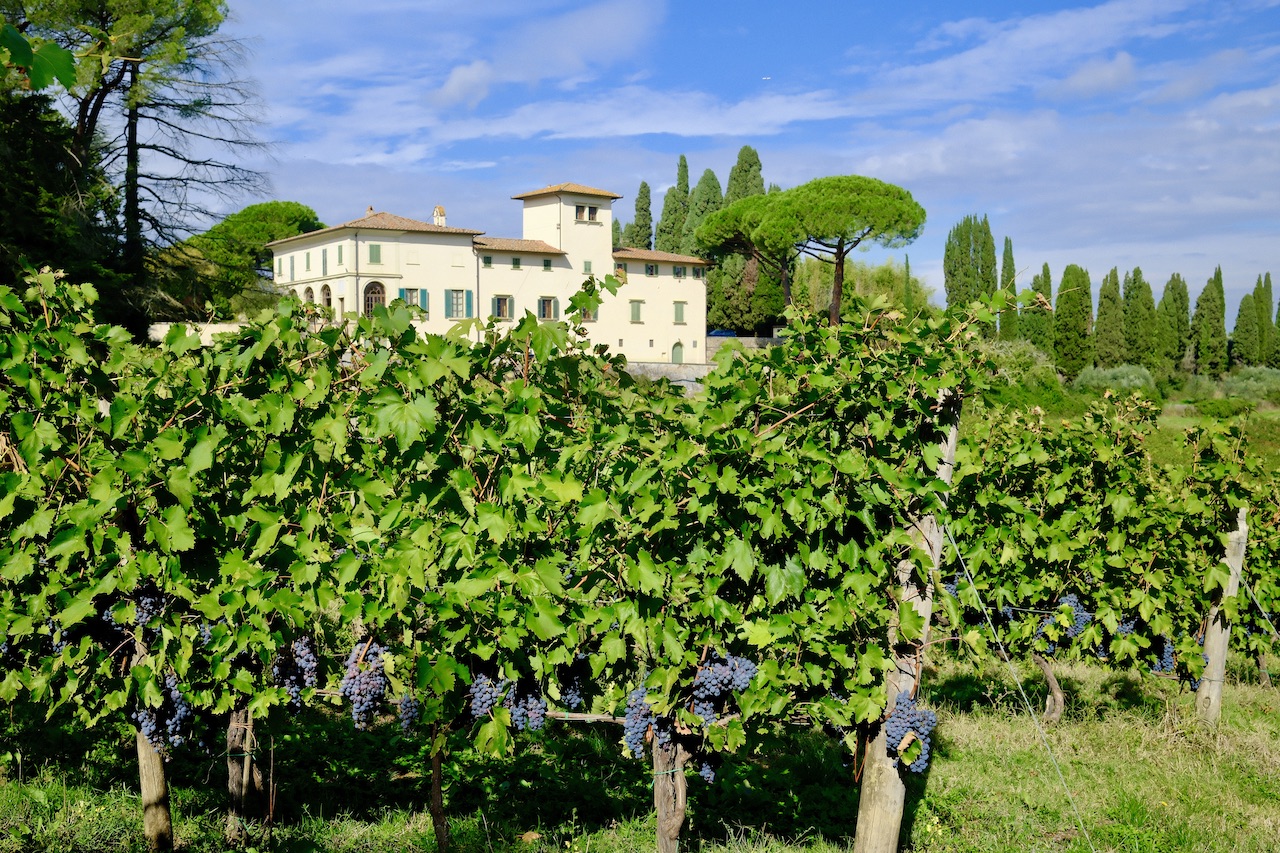Wine Tours in Tuscany - About Angie - +39 3333185705 - angie.chianti@gmail.com
The thought of acidity in wine may not sound very appetizing. But, in fact, every wine is acidic. The acid level in wine has a lot to do with its flavor, in a good way.
Acidity gives wine its tart taste. For example, the Sangiovese grapes used to make Chianti in Tuscany add a sharp acidity to the wine. But, as you will see, it is not among the most acidic wines.
Ultimately, the best wines balance four characteristics: tannins, alcohol, sweetness and acid.
What causes wine acidity?
The main reason for acidity in wine is the acidity in grapes. There are several factors that affect the level of acidity:
The terroir: As with all wines, it starts in the vineyard. For example, potassium in the soil can reduce the acidity of the grapes.
The climate: The acid levels in grapes drop as they ripen. As a result, warmer climates will often produce wines with lower acidity because the heat causes the grapes to ripen quickly. In cooler climates, the wines are more acidic because the grapes may never become fully ripe.
The aging process: The fermentation process affects the types of acids in wine and lowers its overall acidity content.
Adjustments by the winemaker: Acid can be added during the winemaking process to affect the color, taste and aroma.
How acidic is wine?
In general, wine acidity is similar to fruit juice.
When measuring, lower numbers on the pH scale indicate higher acidity levels. Water is neutral with a pH of 7 whereas wine typically measures between 3 and 4. White wines are more acidic than red wines. Vernaccia or sparkling wines like Champagne tend to be the most acidic.
You can tell the acidity level in wine by the way your mouth reacts. A highly acidic wine will make your mouth water and “pucker” similar to the sensation of drinking lemonade.
When a wine is acidic, we describe it as bright and crisp. If the acidity is lacking, the wine can taste flat or “flabby”.
Which are the least acidic wines?
If you prefer less acidic flavors, choose a full-bodied red wine from a warm climate that has been aged.
For example, a full-bodied Super Tuscan from a blend of Cabernet Sauvignon and Merlot grapes is a lower acid wine. Lighter-bodied red wines such as Pinot Noir will be slightly more acidic.
On the overall scale, medium-bodied wines like Chianti made with Sangiovese grapes will fall between these two. A Chianti Classico Riserva that is aged longer, like this one from Fattoria Paganello, will be smoother to the taste.
Of course, the best way to discover which wines will suit your tastebuds is to join us on our Florence wine tours where you will have many options to sample.





